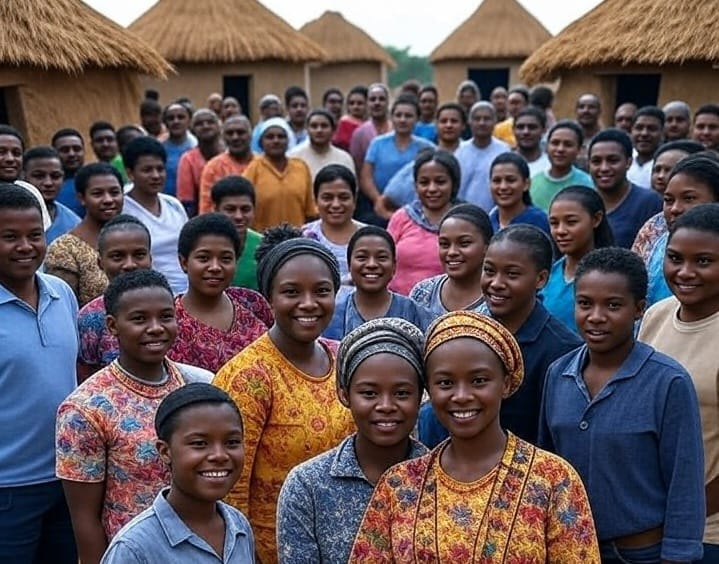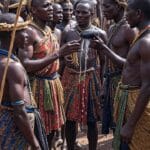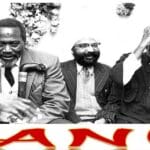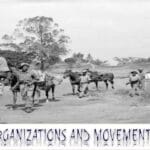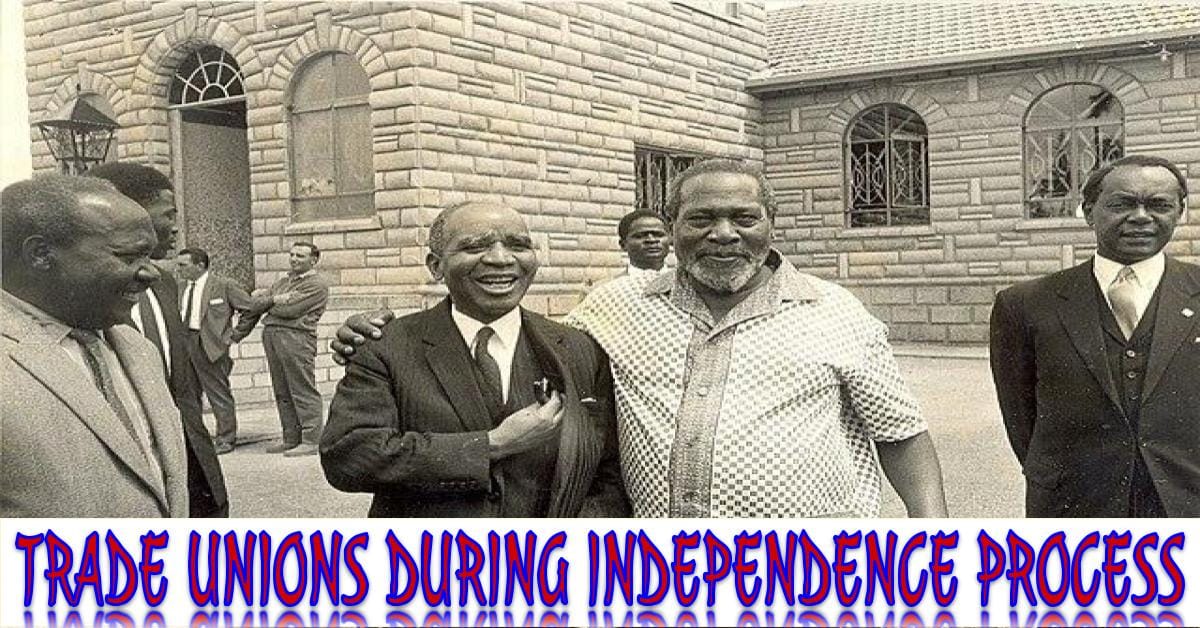👑 The Wanga Collaboration
A Strategic Alliance in Colonial Kenya (1880-1920)
🏛️ Key Historical Figure
Nabongo Mumia – The Wanga leader from 1880, an ambitious and shrewd leader who sought to expand his kingdom through collaboration with British colonizers and military assistance.
🎯 Reasons for Wanga Collaboration
🤝 Process & Methods of Collaboration
🎉 Results of the Collaboration
⚠️ The Ultimate Consequence
Despite all the benefits of collaboration, the Wanga, just like any other collaborator or resister, lost their independence when Kenya was declared a British Colony in 1920. This highlights the ultimate futility of both collaboration and resistance in the face of colonial determination.
🎓 Historical Lesson
The Wanga collaboration illustrates the complex decisions African leaders faced during the colonial period. While Mumia achieved short-term gains and expansion, the ultimate loss of independence shows that colonial powers had predetermined outcomes regardless of local responses. This case study demonstrates the intricate balance between survival, opportunity, and the inevitable march of history.
UNLOCK SELF-ASSESSMENT TEST ON TOPIC
Oops! Unlock More Access Rights:
If you find that you are not subscribed, consider upgrading your account or subscribing to the necessary plan to gain access.
Related Tutorials
- Key South African Nationalists and the Liberation StruggleSouth African Nationalists Key South African Nationalists and the Liberation Struggle Prominent Nationalist Leaders Nelson…
- Key South African Nationalists🧭 Table of Contents Key South African Nationalists 1. Key Figures of South African Nationalism Nelson…
- Nationalism in South Africa: Self Assessment TestUpgrade or Subscribe Oops! Unlock More Access Rights: If you find that you are not…
- Nationalism in South Africa🌍 Nationalism in South Africa The development of nationalism in South Africa was uniquely complex…
- Mozambique Nationalism: Self-Assessment TestMozambique Nationalism Quiz Mozambique Nationalism Quiz 🇲🇿 Test your knowledge about Mozambique’s journey to independence….
- Nationalism in Mozambique: The Long Road to Independence🇲🇿 Nationalism in Mozambique: The Long Road to Independence Mozambique was among the last African…
- Unlock Self-Assessment Test: EMERGENCE AND GROWTH OF NATIONALISM IN AFRICAUpgrade or Subscribe Oops! Unlock More Access Rights: If you find that you are not…
- EMERGENCE AND GROWTH OF NATIONALISM IN AFRICA🌍 EMERGENCE AND GROWTH OF NATIONALISM IN AFRICA Key Factors for the Rise of Nationalism…
- Self-Assessment Test: Constitutional Changes in Kenya Leading to IndependenceKenya Constitutional Changes Self-Assessment Kenya Constitutional Changes Self-Assessment Test your knowledge about Kenya’s journey to…
- Constitutional Changes in Kenya Leading to Independence📜 Constitutional Changes Leading to Kenyan Independence 🇰🇪 The Journey to African Representation in the…
- Women in Kenya’s Independence Struggle👩💼 Women in Kenya’s Independence Struggle A Comprehensive Tutorial on Female Heroes of Freedom 🌟…
- Kenya Federation of Labour🇰🇪 Kenya Federation of Labour 🏛️ History, Achievements, and Role in Kenya’s Independence Struggle 📜…
- The Trade-Union Movement in Kenya🇰🇪 The Trade-Union Movement in Kenya 📜 A journey through the history of workers’ rights…
- Kenya African Democratic Union (KADU)🇰🇪 Kenya African Democratic Union (KADU) 🇰🇪 Safeguarding Minority Interests in Kenya’s Independence Struggle 1960-1964…
- African People’s Party (APP)🏛️ African People’s Party (APP) 📚 Kenya’s Political History Tutorial 1 📖 Introduction & Overview…
